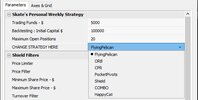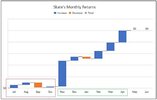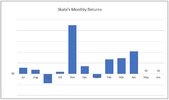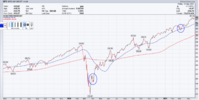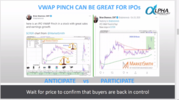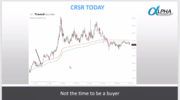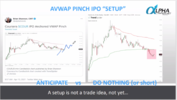- Joined
- 8 June 2008
- Posts
- 13,296
- Reactions
- 19,645
Bar of profit? Do tou mean from 3 to 5 systems?Trading a combination of strategies
The most important thing is to keep trying various methods until you arrive at an approach that works as @ducati916 recently posted. Trading is all about trial & error. Unfortunately, the market often makes that quite difficult, because it is always changing, so the things that work best during one period may change. However, that doesn’t mean that you reinvent yourself every time you struggle a bit. After you develop a style, it is important to stick with it and not give up just because you don’t make immediate progress.
We are all different
We all have different levels of risk tolerance, patience, activity, & different approaches in handling the emotional ups & downs of the markets. What is comfortable for one will drive another to distraction & if you can appreciate that fact, arriving at a style that works for you is easier.
The equity curve displays that it's rising over time
The angle of the "overall rise" should paint a powerful picture for others.
View attachment 123221
Skate.

